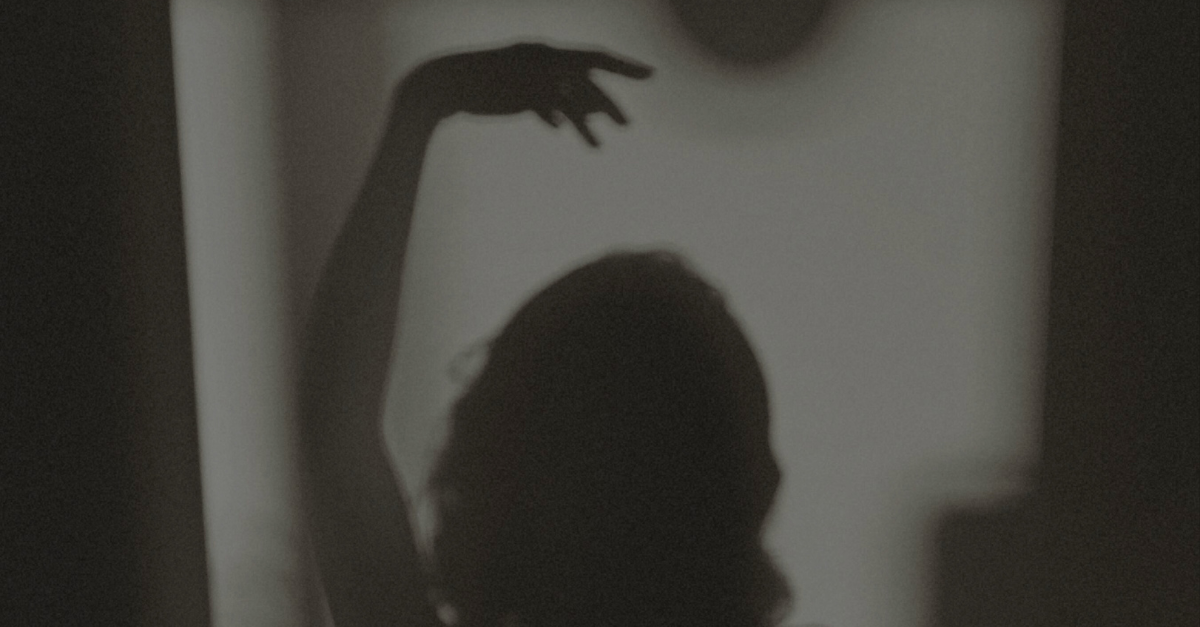When most women think about hormones, they focus on food, stress, or exercise. Rarely do they consider how light affects hormones in women, even though your light environment is one of the most powerful signals your body responds to every day.
If you struggle with sleep, mood swings, anxiety, or feeling “wired but tired” at night, it may not be your body failing you. It may be your lights. This guide will explain the link between light and hormones in women and show practical ways to support your biology, especially during perimenopause and menopause.
How Light Affects Hormones in Women
Why Bright LED Lights Confuse Your Body Clock
When you flip on bright, white LED lights at night, your brain interprets them as midday sun. Your eyes are directly connected to your brain’s master clock, which controls hormone release. Bright, cool-toned lights tell your body: “Stay awake. Stay alert. It’s daytime.”
That is great at 2 pm, but at 9 pm, it keeps your body stuck in “go mode” when you should be winding down.
Hormones Run on Light Cues
Your hormones don’t just follow a schedule. They respond to signals from your environment, with light being the strongest.
Melatonin, your sleep hormone, rises when darkness falls. Blue-heavy light from LEDs, screens, or overhead bulbs delays this rise.
Cortisol, your stress hormone, stays elevated at night, keeping your nervous system switched on.
The result is restless nights, groggy mornings, and a stress system that never truly powers down.
Midlife Women and Light-Hormone Imbalance
During perimenopause and menopause, your stress system is more sensitive due to declining estrogen and progesterone.
The same light exposure your 25-year-old self might have brushed off now has a bigger impact.
Wrong lighting can amplify anxiety, worsen hot flashes, and make falling or staying asleep feel impossible.
Even small amounts of artificial light at night act like fuel on the fire for an already sensitive nervous system.
Lighting Tips to Support Hormones in Women
The good news is your body responds quickly when you change the signals.
After sunset, switch bright white bulbs for warm, low-light options like incandescent or amber lamps.
These mimic the natural glow of fire or sunset, signaling: “It’s safe. It’s night. You can rest now.”
It is not just about cozy aesthetics. It is about supporting hormone balance and sleep quality.
Don’t Forget the Darkness
Even tiny light leaks can disrupt your body’s night rhythm. Glow from alarm clocks, chargers, or streetlights can suppress melatonin.
To protect your hormones and sleep:
– Use blackout curtains or shades
– Cover or unplug electronics in the bedroom
– Consider a comfortable sleep mask
Darkness is a biological input, just as essential as food or hydration.
Light That Loves Your Hormones
Your home environment can work for or against your body. When you choose lighting that aligns with your biology, you create a space that calms your nervous system, supports hormones, and restores energy.
Small, intentional shifts like warm bulbs and blackout curtains are simple but powerful ways to support hormone health in women, especially in midlife.
Want personalized guidance to design a hormone-friendly lighting plan?
Book your Free Symptom Strategy Session and start creating a home that truly supports your sleep, mood, and energy.
Click here for more resources that supports midlife health.

View comments
+ Leave a comment